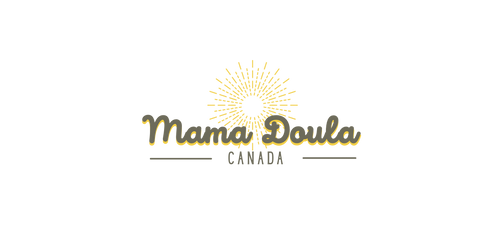When we think about pain in childbirth, it’s easy to imagine something purely physical — contractions, pressure, and the intense sensations that come with labor. But what if we told you that pain perception isn’t just about the body? It’s also deeply connected to emotions, mindset, and the environment around you. This is where the Gate Control Theory of Pain comes into play.
This theory, explored in depth in scientific research like the one published in the Springer Encyclopedia of Personality and Individual Differences, helps us understand how pain is not only a physical experience, but also a psychological and emotional one. And when it comes to birth, this insight is game-changing for birth workers and families.
What is the Gate Control Theory of Pain?
The Gate Control Theory of Pain, proposed by Ronald Melzack and Patrick Wall in 1965, suggests that pain perception is not a direct result of injury or damage but is instead modulated by the nervous system. Essentially, the body has "gates" in the spinal cord that control how much pain signals travel to the brain.
These gates can be opened or closed based on a number of factors, including emotional state, stress levels, and even external stimuli. For example, distractions or soothing touch can help close the gates, reducing pain perception. This concept helps explain why some people experience labor pain as more intense or less manageable, depending on their emotional state, support system, and environmental factors.
How Does This Apply to Childbirth?
In the context of labor, the Gate Control Theory of Pain has profound implications. Labor is intense, no doubt, but emotional support and the way the environment is managed can significantly impact how the birthing person experiences pain. Here’s how:
1. Emotional Safety and Support
When the birthing person feels emotionally supported, whether through calm words, gentle touch, or reassurance, their body responds by releasing oxytocin, the hormone responsible for facilitating labor. Oxytocin not only helps the uterus contract, but it also helps reduce pain perception by triggering the release of endorphins, the body’s natural painkillers.
2. Distraction and Comfort
According to the Gate Control Theory, distraction plays a key role in pain management. Focusing on breathing, visualizations, or the sensations of a loving touch helps close the "gate" to pain. In labor, this could mean guiding the birthing person through breathing exercises or offering counter-pressure on the lower back during a contraction. These actions help the brain filter out pain signals and replace them with comfort and relaxation.
3. Control and Autonomy
The Gate Control Theory also emphasizes the importance of personal control. When birthing people feel they have some degree of control over their environment — such as choosing positions, controlling breathing, or having their preferences respected — the brain perceives less threat, reducing the intensity of pain. Fear, on the other hand, opens the gates and amplifies pain signals, making the experience feel more overwhelming.
4. Social Engagement
Simply being present with the birthing person can also have a profound effect on their pain perception. This aligns with the Polyvagal Theory (which explores how social interactions impact the nervous system). When birth workers, partners, or loved ones remain calm, offer gentle words, and maintain eye contact, it sends safety signals to the nervous system, keeping the gates closed to pain.
What Does This Mean for Birth Workers?
Understanding the Gate Control Theory equips birth workers with powerful tools to support the birthing person through pain management. By creating an emotionally supportive, distraction-rich environment, birth workers can help close the gates to pain and allow the birthing person to focus on the positive aspects of their labor, such as the rhythm of their breath and the feeling of support around them.
It’s about more than just managing physical discomfort. It’s about creating an environment where the birthing person feels safe, calm, and empowered, allowing the natural flow of hormones to guide the labor experience with less reliance on pain relief medications.
The Takeaway
The Gate Control Theory of Pain shows us that pain is not just about the body — it’s a holistic experience that can be influenced by emotional, environmental, and psychological factors. For birth workers, understanding this theory opens up new avenues to help reduce pain perception and create a more positive birth experience.
